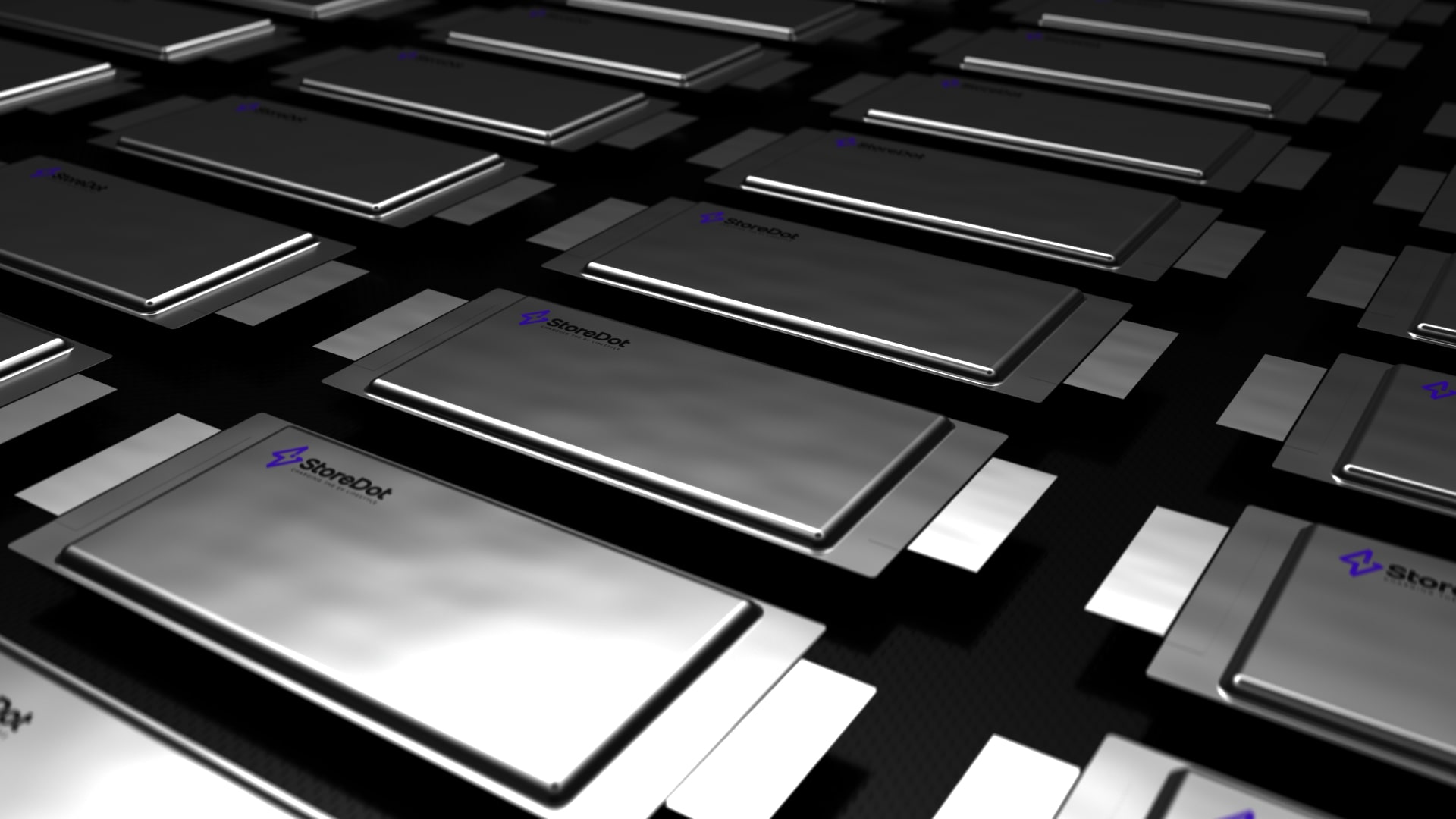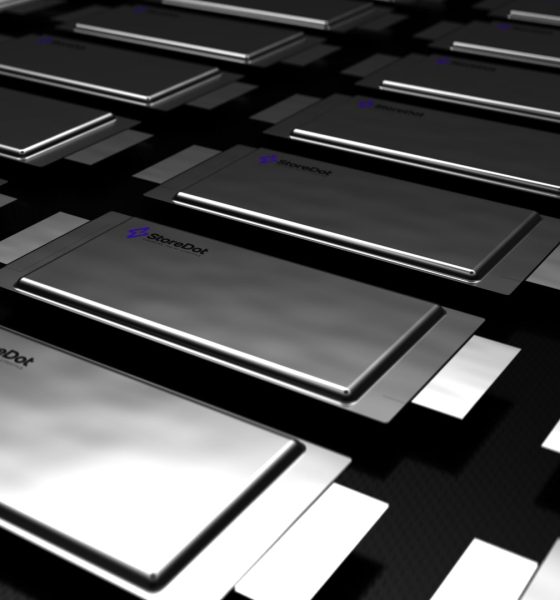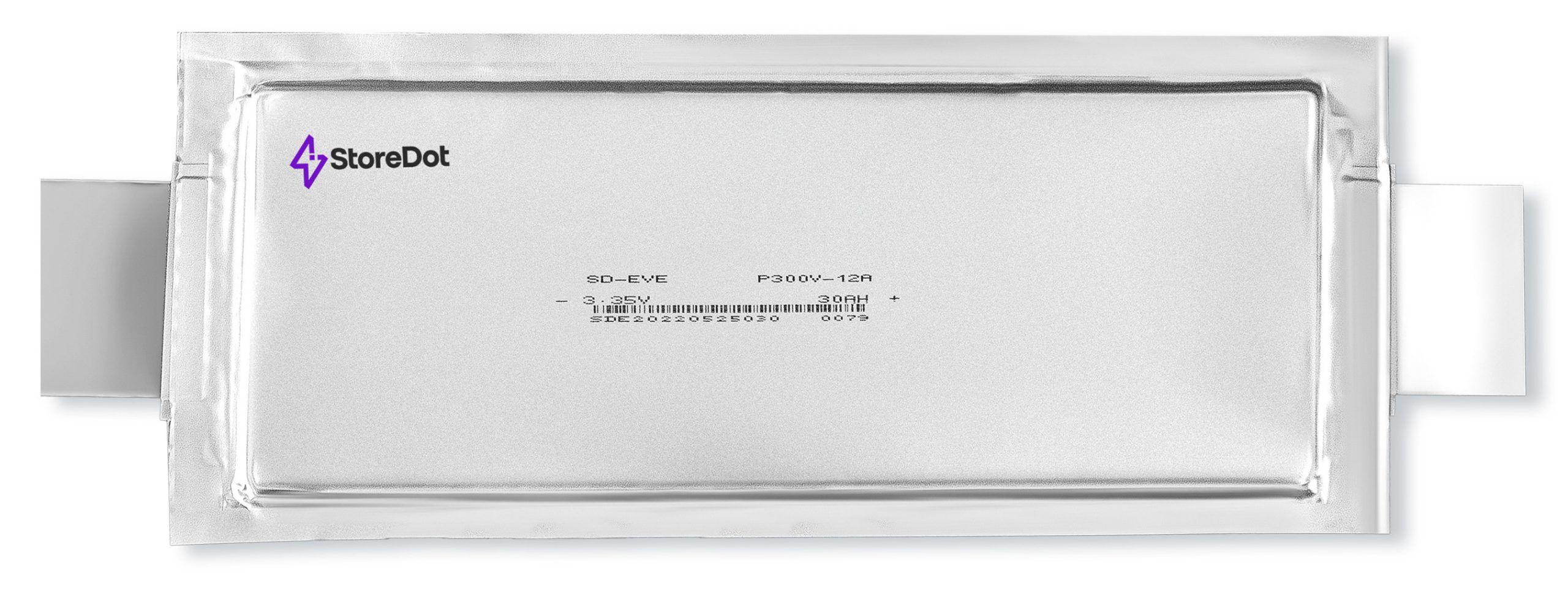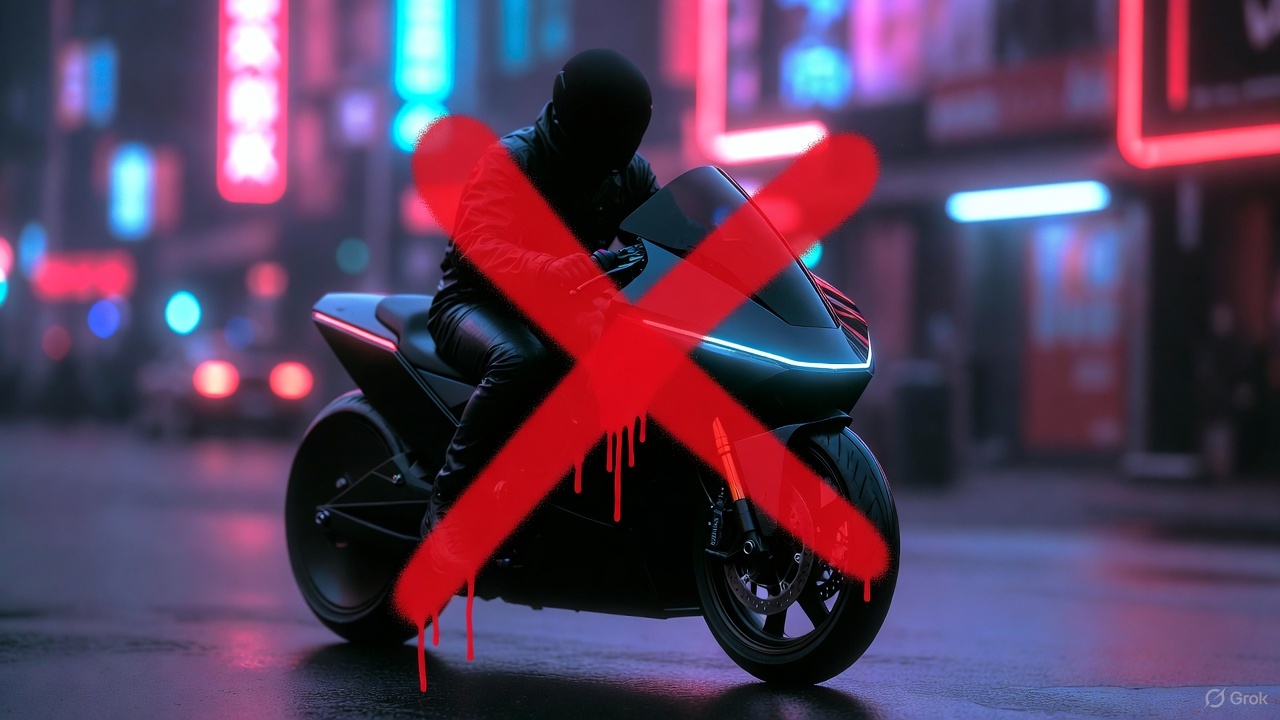

News
StoreDot validates extreme fast charging ‘100in5’ EV cell’s performance
StoreDot announced that its groundbreaking extreme fast charging “100in5” electric vehicle battery cell had its technology successfully validated by a leading, independent battery lab in Israel.
On Tuesday, StoreDot confirmed the Shmuel De-Leon Energy battery lab successfully confirmed the “100in5” cell’s commercialization viability and its superior fast-charging ability, as well as its high-energy performance in comparison to other notable cells in the EV sector.
Scientists at the Shmuel De-Leon Energy labs assessed the StoreDot cell’s energy density, charging rate, operating conditions, and cycling.
The tests confirmed the cell’s sector-leading energy density of 300Wh/kg, while also verifying the battery’s 1,000 consecutive extreme fast charging cycles, which the company achieved in October.
“In recent months, we have successfully concluded live public charging demonstrations of StoreDot’s XFC batteries,” CEO of StoreDot Doron Myersdorf said. “However, handing over our technology for independent assessment by leading battery labs of Shmuel De-Leon Energy was essential for us for independent validation of our extreme fast charging technologies.”

StoreDot 30Ah silicon-dominant EV battery cell (Credit: StoreDot)
The 100in5 cell successfully completed 1,000 extreme fast charging cycles during an assessment in October. The cells were repeatedly charged from 10 to 80 percent capacity in just ten minutes and were then discharged for one hour before recharging. The company said no noticeable battery degradation was recorded until the first 600 cycles were completed.
StoreDot began shipping the pouch-format EV batteries to OEM partners globally for real-world testing earlier this year.
Although testing is already underway, StoreDot’s battery analysis from Shmuel De-Leon Energy only confirmed the cell could be one of the most groundbreaking advancements in EV technology in recent memory. Battery cell longevity is undeniably a concern for some car buyers who demand a lot from their vehicles. The laboratory testing showed that scientists responsible for validating the 100in5 cell said, “StoreDot EV fast charging battery technology is a breakthrough and game changer for the automotive industry” in a report given to the company at the end of testing.
StoreDot plans to begin offering the 100in5 cell in 2024, with advancements in charging time coming in the future. The company plans to offer 100 miles of range in three minutes by 2028, and 100 miles within two minutes within the next ten years.
I’d love to hear from you! If you have any comments, concerns, or questions, please email me at joey@teslarati.com. You can also reach me on Twitter @KlenderJoey, or if you have news tips, you can email us at tips@teslarati.com.

Elon Musk
Elon Musk reiterates why Tesla will never make an electric motorcycle
Tesla CEO Elon Musk preemptively shut down speculations about a Tesla road bike once more.

Tesla CEO Elon Musk preemptively shut down speculations about a Tesla road bike once more, highlighting that the electric vehicle maker has no plans to enter the electric motorcycle market.
Musk posted his clarification in a post on X.
Musk’s reply to a fun AI video
X user @Moandbhr posted an AI video featuring the Tesla CEO on the social media platform, captioning it with “Mr. Elon Musk Just Revealed the Game-Changing Tesla Motorcycle.” The short clip depicted Musk approaching a sleek, single-wheeled vehicle, stepping onto it, and gliding off into the distance amid cheers. The fun video received a lot of traction on X, gaining 3.1 million views as of writing.
Musk replied to the post, stating that a Tesla motorcycle is not going to happen. “Never happening, as we can’t make motorcycles safe. For Community Notes, my near death experience was on a road bike. Dirt bikes are safe if you ride carefully, as you can’t be smashed by a truck,” Musk wrote in his reply.
Musk’s Past Comments on Two-Wheelers
Musk also detailed his reservations about motorcycles in a December 2019 X post while responding to questions about Tesla’s potential ATV. At the time, he responded positively to an electric ATV, though he also opposed the idea of a Tesla road-going motorcycle. Musk did state that electric dirt bikes might be cool, since they do not operate in areas where large vehicles like Class 8 trucks are present.
“Electric dirt bikes would be cool too. We won’t do road bikes, as too dangerous. I was hit by a truck & almost died on one when I was 17,” Musk wrote in his post.
Considering Musk’s comments about dirt bikes, however, perhaps Tesla would eventually offer a road bike as a recreational vehicle. Such a two-wheeler would be a good fit for the Cybertruck, as well as future products like the Robovan, which could be converted into an RV.
News
Tesla continues growing its Cybercab production team with new job listings
Both positions are based in Gigafactory Texas, the site of the Cybercab’s initial production.

Tesla continues to build out its workforce for the upcoming Cybercab, with two new job listings for quality inspectors for the autonomous two-seater being listed in the company’s official Careers website.
Both positions are based in Gigafactory Texas, the site of the Cybercab’s initial production.
New Cybercab listings
Tesla recently added openings for “Quality Inspector, Cybercab” and “Quality Inspector, Cybercab – Incoming Quality” on its Careers website. The roles involve detailed inspections of Cybercab components using precision tools such as calipers, micrometers, and gauges, among others. Candidates must also identify non-conformances, document findings in Tesla’s quality management system and collaborate with production teams to resolve issues swiftly.
Overall, these new Cybercab-related roles highlight Tesla’s emphasis on precision for the two-seater’s innovative features, such as its inductive charging setup, which is not available on any Tesla consumer vehicle today. If any, the Cybercab’s Quality Inspectors will likely be operating in uncharted territory as the vehicle is being produced using Tesla’s new Unboxed process. Elon Musk has also noted that the Cybercab’s production line will resemble a high-speed consumer electronics line instead of a conventional automotive line.
Recent Cybercab Design Evolutions
Since its October 2024 unveiling, the Cybercab has undergone several refinements visible in recent prototypes, enhancing aerodynamics and manufacturability ahead of production. The tail design now rises slightly for better airflow, with a shortened rear body panel and repositioned red reflectors farther from the wheel arches.
Front-end updates include segmented daytime running lights, actual turn signals and a sharper splitter, while side repeater cameras have shifted forward for improved visibility. Tesla has also enlarged door panels for easier ingress and egress, swapped to unpainted tires without extended covers and adjusted the B-pillar forward and lower, likely to foster a more open cabin feel.
News
Tesla starts laying the groundwork for FSD tests in Austria
The job opening comes as the company pushes regulatory approvals and data collection in new European markets.

Tesla seems to be ramping its efforts to hire key personnel for FSD’s eventual expansion in Europe. This was hinted at in a new job listing for a vehicle operator role in Vienna, Austria.
The job opening comes as the company pushes regulatory approvals and data collection in new European markets.
Vienna’s vehicle operator role
Tesla posted the job for “Fahrer (Vehicle Operator) (m/w/d)” in its Vienna office on its Careers website, seeking candidates to drive and monitor test vehicles as part of the Autopilot and AI team. The role involves collecting real-world driving data to refine Full Self-Driving systems for the country’s local roads. Responsibilities include operating vehicles in urban and highway environments, documenting system performance, among other tasks.
Applicants need a valid Austrian driver’s license and at least two years of driving experience. Fluency in English is essential, along with a familiarity with driver assist systems. Tesla noted that the position offers a minimum annual gross salary of EUR 32,000, though relevant professional experience and qualifications will be taken into account. Similar to other Tesla roles, the position also offers TSLA stock as an incentive.
Tesla’s FSD Push in Europe
Tesla’s FSD efforts in Europe have accelerated in recent months, with significant progress in Spain serving as a key milestone. In July 2025, Spain’s Directorate-General for Traffic launched the ES-AV framework to standardize automated vehicle testing, authorizing Tesla for nationwide FSD trials with 19 vehicles under Phase 3, which allows optional onboard safety operators and remote monitoring.
The program, running through November 2027, aims to position Spain as a leader in the field, as DGT stated: “The program is designed to complement and enhance oversight, regulation, research, and transparency efforts, as well as to support innovation and advancements in automotive technology and industry.”
Beyond Spain, Tesla has conducted FSD demonstrations in Germany, France and Italy for consumers, while pursuing national approval in the Netherlands for early 2026.









